Using Drawing to Boost Mindfulness and Reduce Stress
In a world where stress is often just a heartbeat away, finding effective ways to unwind and reconnect with ourselves is crucial. One surprisingly powerful method to achieve this is through drawing. Yes, you heard that right! Drawing isn’t just for artists or kids; it's a fantastic tool for anyone looking to enhance their mindfulness and reduce stress. Imagine picking up a pencil and letting your thoughts flow onto paper, a practice that can transform your mental state and promote emotional well-being. This article explores how engaging with drawing can lead to improved mental health, offering practical insights and techniques to incorporate art into your daily routine.
Drawing serves as a powerful therapeutic tool, promoting relaxation and emotional expression. When you draw, you engage in a process that allows you to express feelings that might be hard to articulate. It’s like having a conversation with yourself without the pressure of judgment. The act of putting pencil to paper can lead to a release of pent-up emotions, offering a sense of relief. Research has shown that engaging in creative activities like drawing can lower cortisol levels, the hormone primarily responsible for stress. This means that every stroke you make can help ease your mind and bring you back to a state of calm.
Mindfulness is all about being present in the moment, and drawing is a fantastic way to cultivate this state of awareness. Have you ever noticed how time seems to slip away when you’re deeply focused on creating? That’s the magic of art! By concentrating on the drawing process, you anchor yourself in the present moment, fostering a sense of peace and clarity. Instead of worrying about the past or future, you become immersed in the here and now. This practice can be incredibly grounding, allowing you to step outside the chaos of everyday life and find solace in your own creativity.
Drawing stimulates multiple senses, enhancing the mindfulness experience. The tactile nature of drawing, from the feel of the paper beneath your fingers to the texture of the pencil or brush, can ground you in your body. This sensory engagement creates a deeper connection to your emotions, allowing you to explore your feelings in a unique way. When you focus on how the pencil glides across the page, you’re not just creating art; you’re also practicing mindfulness. This can lead to a profound sense of relaxation and emotional release.
Selecting the right materials can significantly influence your drawing experience. Whether you prefer the smooth glide of colored pencils, the bold strokes of charcoal, or the delicate touch of watercolors, your tools can impact your creativity and relaxation. Experimenting with different mediums can help you discover what resonates with you the most. Here’s a quick guide to some common drawing materials:
| Material | Description | Best For |
|---|---|---|
| Graphite Pencils | Classic drawing tool, great for shading and detail. | Sketching and detailed work. |
| Colored Pencils | Vibrant colors, easy to blend. | Creative and colorful drawings. |
| Charcoal | Rich, dark lines, perfect for expressive drawings. | Bold and dramatic pieces. |
| Watercolors | Fluid and transparent, great for washes and blending. | Soft, ethereal artwork. |
Creating a conducive environment is essential for drawing. A comfortable and inspiring workspace can enhance your creativity and mindfulness. Here are some tips to set up your drawing space:
- Choose a quiet area where you won’t be disturbed.
- Ensure good lighting so you can see your work clearly.
- Surround yourself with items that inspire you, like plants or artwork.
- Keep your materials organized and within reach.
Incorporating specific techniques can enhance the mindfulness experience while drawing. Techniques such as doodling, contour drawing, or even mandala creation can promote relaxation and focus. These methods encourage you to let go of expectations and simply enjoy the process. Remember, the goal isn’t to create a masterpiece but to embrace the journey of creation itself. Allow yourself to be free, and you might just surprise yourself with what you come up with!
Creative blocks can hinder the drawing process, leaving you feeling frustrated and stuck. But don’t worry; there are strategies to overcome these obstacles! One effective approach is to embrace imperfection. Allow yourself to make mistakes and see them as part of the creative process. After all, even the greatest artists have faced challenges! By letting go of the need for perfection, you can open the floodgates to creativity and enjoy the act of drawing again.
Learning to accept imperfections in art can foster a more relaxed mindset. Remember, every line and shape tells a story, even if it’s not what you initially envisioned. Self-compassion is key here. Instead of criticizing yourself for not achieving a certain standard, celebrate your unique perspective and the effort you put into your work. This shift in mindset can transform your drawing practice into a joyful exploration rather than a stressful task.
Setting achievable drawing goals can boost motivation and enjoyment. Think about what you want to accomplish with your drawing practice. Perhaps you want to draw for 10 minutes a day or complete one sketch a week. Whatever it is, ensure that your goals align with your mindfulness practices. This way, drawing becomes a fulfilling part of your self-care routine rather than another item on your to-do list.
Q: Do I need to be an artist to benefit from drawing?
A: Absolutely not! Drawing is for everyone. It’s all about the process, not the end result. Anyone can enjoy the therapeutic benefits of drawing.
Q: How much time should I dedicate to drawing?
A: Start with just a few minutes a day. The key is consistency. As you become more comfortable, you can gradually increase your drawing time.
Q: What if I feel stuck or uninspired?
A: It’s normal to feel stuck sometimes. Try switching up your materials, drawing prompts, or simply doodling without a specific goal in mind to reignite your creativity.

The Therapeutic Benefits of Drawing
Drawing is more than just a creative outlet; it serves as a powerful therapeutic tool that can significantly enhance mental health and emotional stability. Engaging in drawing allows individuals to express their thoughts and feelings in a visual format, which can be especially beneficial for those who struggle to articulate their emotions verbally. Think of drawing as a form of meditation; it helps to quiet the mind and focus on the present moment, creating a sanctuary of peace amidst the chaos of daily life.
Research has shown that engaging in artistic activities like drawing can lead to a reduction in stress and anxiety levels. When you pick up a pencil or brush, you enter a world where the only thing that matters is the stroke of the tool on the paper. This act of creation can trigger the release of endorphins, the body's natural feel-good chemicals, which can elevate mood and promote relaxation. In this sense, drawing becomes a form of self-care, allowing individuals to take a break from their hectic lives and immerse themselves in a calming activity.
Moreover, drawing can serve as a cathartic experience. It provides a safe space to explore complex emotions and thoughts, allowing for emotional release. For instance, someone dealing with grief may find solace in sketching their feelings, transforming pain into something tangible. This process can lead to greater emotional awareness and understanding, as individuals begin to confront their feelings rather than suppress them.
One of the most beautiful aspects of drawing is its accessibility. You don't need to be a professional artist to reap its benefits. All you need is a pencil and some paper. In fact, many therapeutic practices encourage individuals to engage in free drawing, where there are no rules or expectations. This approach allows for complete freedom of expression, which can be incredibly liberating.
To further illustrate the therapeutic benefits of drawing, consider the following table that outlines some key advantages:
| Benefit | Description |
|---|---|
| Stress Reduction | Drawing helps to lower stress levels by allowing individuals to focus on the creative process instead of their worries. |
| Emotional Expression | It provides a medium for expressing complex emotions that may be difficult to communicate verbally. |
| Enhanced Focus | Engaging in drawing can improve concentration and mindfulness, helping individuals stay present in the moment. |
| Boosted Self-Esteem | Completing a drawing can instill a sense of accomplishment, enhancing self-worth and confidence. |
In summary, the therapeutic benefits of drawing are vast and impactful. Whether you're doodling during a lunch break or creating a detailed piece at home, the act of drawing can be a transformative experience. It encourages relaxation, emotional expression, and a deeper connection to oneself, making it an invaluable tool for anyone looking to improve their mental well-being.
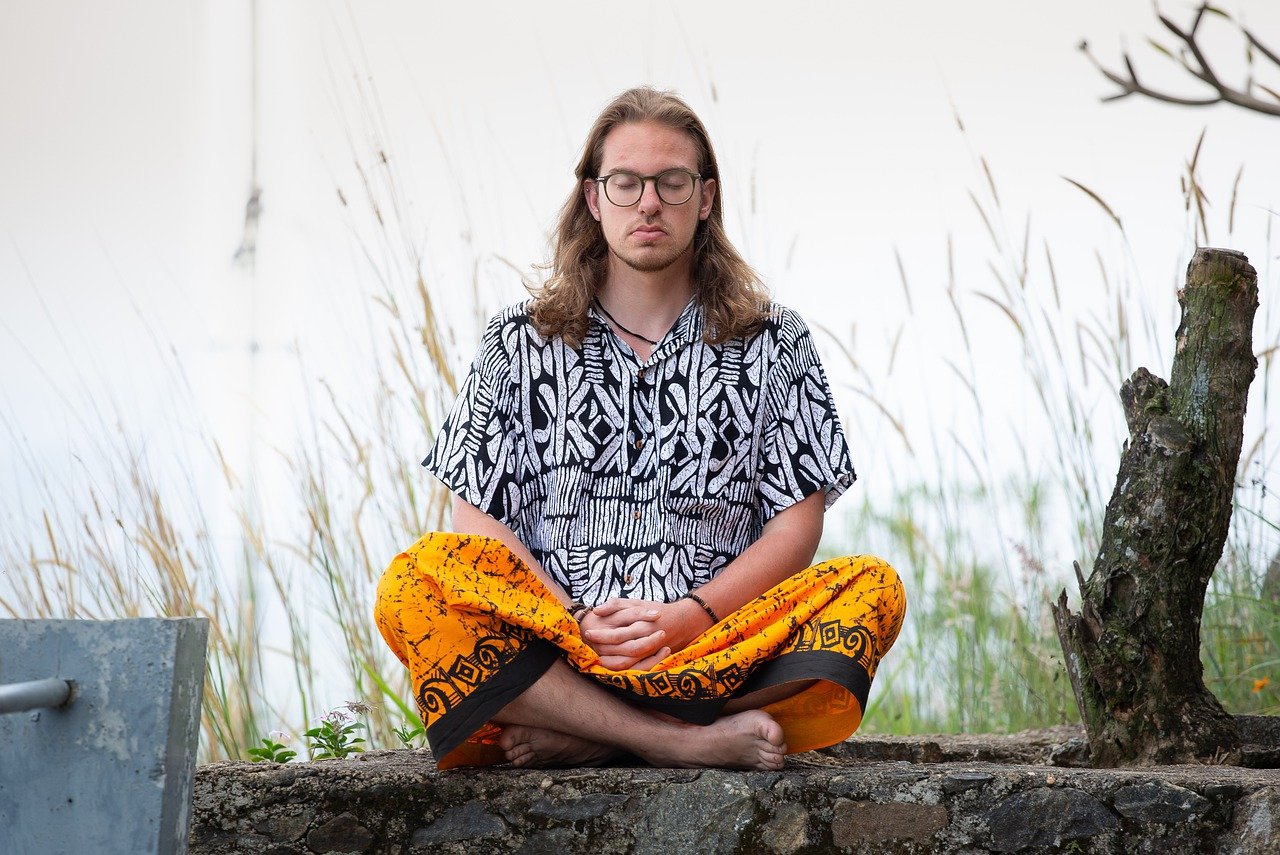
Mindfulness Through Art
When you think about art, what comes to mind? For many, it’s an escape, a way to express emotions that words can’t quite capture. But did you know that drawing can also be a powerful tool for mindfulness? Engaging in the act of drawing can pull you into the present moment, allowing you to focus on the here and now rather than getting lost in a whirlwind of thoughts. It’s like a mental reset button that helps you find peace amidst the chaos of daily life.
Mindfulness is all about being aware of your thoughts, feelings, and surroundings without judgment. When you draw, you immerse yourself in the creative process, which requires your full attention. This act of concentration can be incredibly therapeutic. Imagine you’re sketching a tree; as you focus on the intricate details of its bark or the way the leaves dance in the wind, you become less aware of the stressors in your life. It’s a form of meditation that allows you to breathe, relax, and just be.
But how does drawing facilitate this mindfulness experience? It’s all about the process. The rhythm of your hand moving across the paper, the soft scratch of the pencil, and the way colors blend together can create a sensory experience that grounds you. You’re not just creating art; you’re engaging your senses in a way that pulls you into the moment. This sensory engagement is crucial because it helps you connect with your emotions, allowing you to express feelings that might otherwise remain bottled up.
Drawing is a multi-sensory experience that can enhance your mindfulness practice. Think about it: when you draw, you’re not just using your eyes; you’re also using your hands and even your sense of smell if you’re using certain materials like charcoal or pastels. This engagement can help you feel more connected to your body and the world around you. Here are some ways drawing engages your senses:
- Visual Stimulation: The colors you choose and the shapes you create can evoke various emotions, helping you explore your feelings visually.
- Tactile Feedback: The texture of the paper and the feel of the drawing tools in your hands can ground you, making you more aware of the present moment.
- Auditory Elements: The sound of the pencil on paper or the brush strokes can be soothing, almost like a gentle soundtrack to your creative process.
By focusing on these sensory experiences, you can cultivate a deeper connection to your emotions and thoughts, allowing for a richer mindfulness experience. It’s like tuning into a symphony where each sense plays its part in creating a harmonious whole.
The materials you choose for drawing can significantly influence your experience. Whether it’s the smooth glide of a gel pen or the rich texture of watercolor paints, each tool has a unique way of interacting with your creativity. Here’s a quick guide to help you select materials that can enhance your mindfulness practice:
| Material | Benefits |
|---|---|
| Pencil | Great for sketching and allows for easy corrections. |
| Charcoal | Offers rich textures and depth; can be very expressive. |
| Watercolors | Encourages spontaneity and fluidity in your work. |
| Markers | Vibrant colors that can bring energy to your drawings. |
Finding the right materials can make your drawing sessions more enjoyable and help you feel more connected to the process. Experiment with different tools to see what resonates with you and enhances your mindfulness journey.
Your environment plays a crucial role in your drawing experience. A comfortable and inspiring space can help you relax and focus better. Think about how you can set up a space that invites creativity:
- Choose a quiet area with good lighting.
- Keep your materials organized and within reach.
- Add personal touches, such as plants or artwork, to inspire you.
When you create a space that feels good to you, you’re more likely to want to spend time there, drawing and practicing mindfulness. It’s all about setting the stage for creativity to flourish!
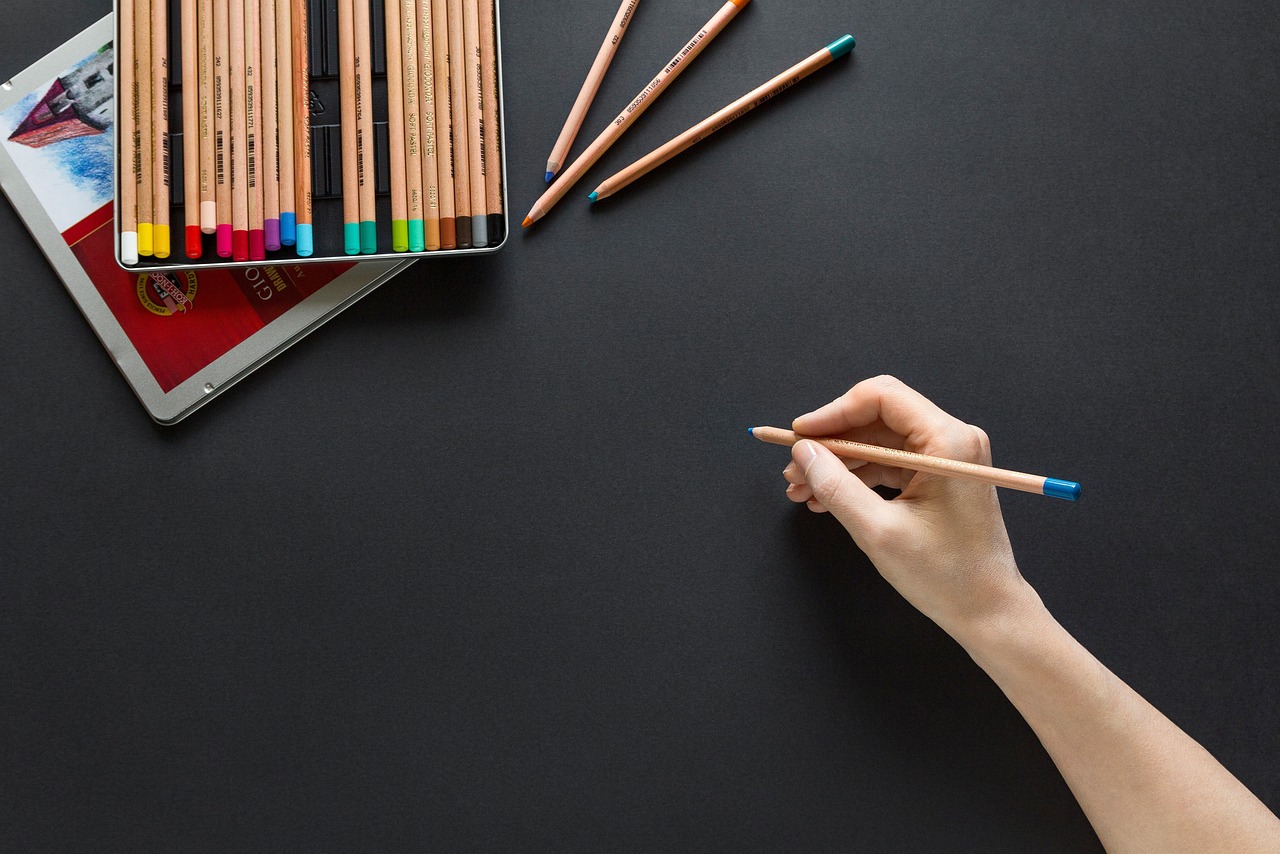
Engaging the Senses
When you think about drawing, what comes to mind? Perhaps it's the vibrant colors of your favorite crayons, the smooth glide of a pencil on paper, or even the distinct smell of fresh ink. Drawing is not just about putting pencil to paper; it's an immersive experience that engages all of our senses. The act of drawing can transport you to a different realm, allowing you to connect deeply with your emotions and the present moment. By tapping into your sensory experiences, you can enhance your mindfulness practice and reduce stress effectively.
Imagine yourself seated at a cozy table, surrounded by your favorite materials. As you pick up a pencil, you feel its weight and texture in your hand. This tactile sensation is the first step in grounding yourself in the moment. The sound of the pencil scratching against the paper creates a rhythm, almost like a calming heartbeat, drawing you further into your artistic flow. Each stroke is a meditation, a gentle reminder to focus on the now rather than the worries of yesterday or tomorrow.
Moreover, the visual stimulation of colors can evoke different emotions. For example, warm colors like red and orange can energize you, while cool colors such as blue and green can bring about a sense of tranquility. By consciously choosing your palette, you can influence your mood and enhance your mindfulness practice. Think of your drawing as a conversation with your inner self, where every color and line speaks volumes about how you feel.
Additionally, engaging the sense of smell can also play a role in your drawing experience. The scent of fresh paint, the earthy aroma of charcoal, or even the nostalgic smell of a well-loved sketchbook can evoke memories and feelings that enrich your creative process. These sensory elements create a multi-dimensional experience that can anchor you in the present and promote relaxation.
Incorporating music into your drawing practice can further elevate your sensory engagement. Soft instrumental tunes or nature sounds can create a serene backdrop, allowing your mind to wander freely while your hands create. Just as a painter mixes colors, you can mix sounds and sights to create an atmosphere that fosters mindfulness and creativity.
To make the most of your drawing practice, consider this simple checklist of sensory engagement:
- Tactile: Experiment with different materials—try charcoal, pastels, or even digital drawing tools to see how they feel in your hands.
- Visual: Choose a color palette that resonates with your current state of mind, allowing your emotions to guide your choices.
- Auditory: Create a playlist of calming music or sounds that inspire your creativity and help you focus.
- Olfactory: Surround yourself with pleasant smells—perhaps a scented candle or the fresh smell of paper—to enhance your drawing experience.
By engaging your senses in this way, drawing transforms from a mere activity into a holistic experience that nurtures your mental well-being. It’s about more than just creating art; it’s about creating a space for self-reflection and mindfulness, allowing you to express yourself freely while finding peace in the process.
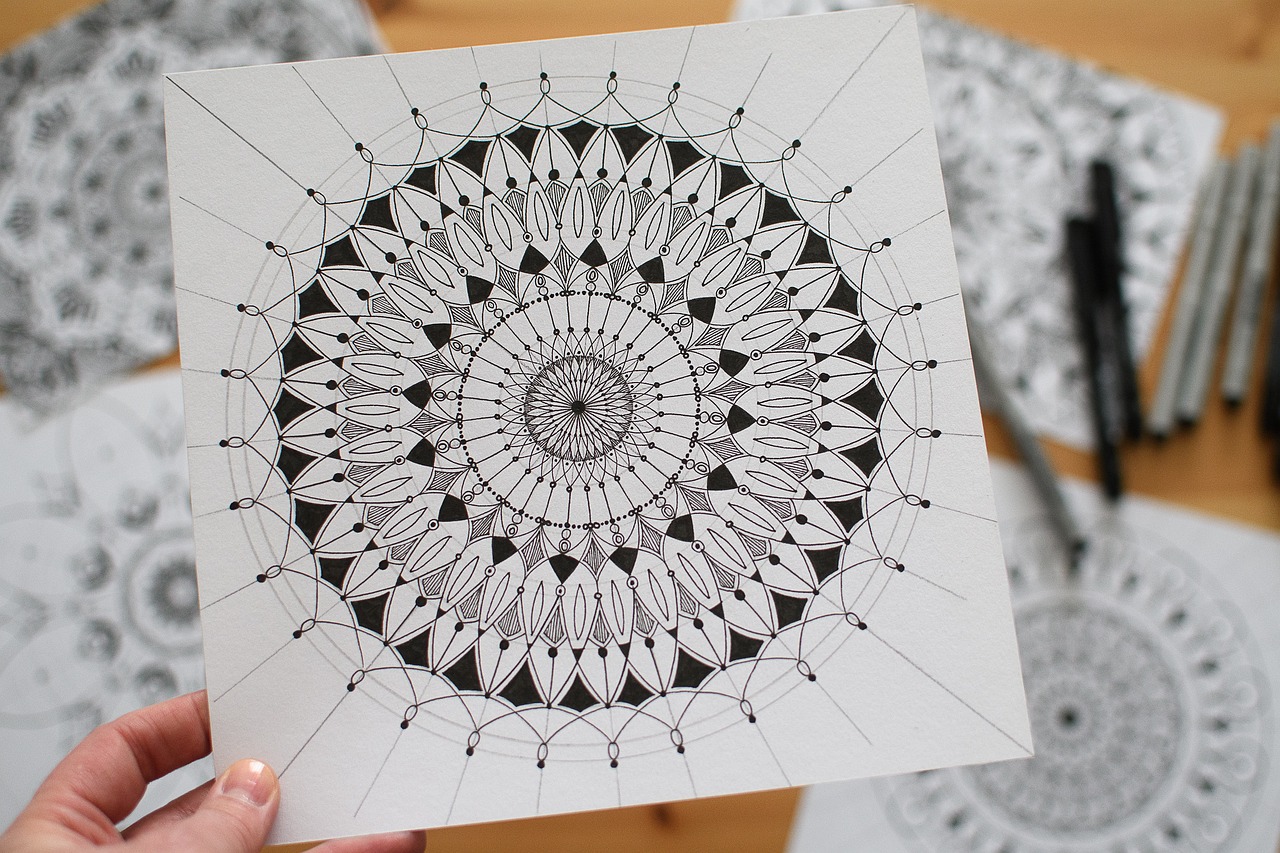
Choosing the Right Materials
When it comes to drawing, the materials you choose can significantly influence your experience and the overall quality of your art. It's like cooking; the ingredients you use can make or break a dish. So, why not think of your drawing tools as your culinary ingredients? Selecting the right materials isn't just about aesthetics; it's about finding what resonates with you personally and enhances your creative flow.
First, consider the type of medium you want to work with. Do you prefer the smooth glide of graphite pencils, the vibrant burst of colored pencils, or perhaps the fluidity of ink? Each medium offers a unique texture and feel, which can impact how you express your emotions on paper. For instance, graphite pencils are fantastic for detailed sketches and shading, while charcoal can create bold, dramatic effects. On the other hand, watercolors can add a soft, dreamy quality to your work. Experimenting with different mediums can open up new avenues for expression.
Next, think about the surface you’ll be drawing on. The paper you choose can drastically change your drawing experience. For example, if you’re working with ink or markers, a smooth, bleed-proof paper is essential to avoid any unwanted smudging. Conversely, if you prefer a textured surface, watercolor paper can add depth to your work. It’s all about finding that perfect match that feels right under your hand and allows your creativity to flow.
In addition to paper and medium, don't forget about the tools that can enhance your drawing experience. Brushes, erasers, and blending stumps can all play vital roles in your artistic process. For example, a good quality eraser can help you refine your work without damaging the paper, while blending stumps can help you achieve smooth transitions between shades. Investing in a few quality tools can make a world of difference in your creative journey.
To help you choose the right materials, here’s a quick overview of some common drawing tools and their benefits:
| Material | Best For | Benefits |
|---|---|---|
| Graphite Pencils | Detailed sketches | Easy to control and erase |
| Colored Pencils | Vibrant illustrations | Layering and blending capabilities |
| Charcoal | Bolder, expressive pieces | Rich, dark lines and shading |
| Ink Pens | Fine line work | Precision and permanence |
| Watercolors | Soft, fluid art | Translucent layers and blending |
Ultimately, the key is to experiment and discover what feels best for you. Don’t be afraid to try out new materials or revisit old favorites. Each tool has its own personality, and finding the right combination can transform your drawing practice into a truly mindful experience. Remember, the goal is to enjoy the process and express yourself freely, so choose materials that inspire you and ignite your creativity!
- What materials do I need to start drawing?
A basic set of graphite pencils, erasers, and sketch paper can be a great starting point. As you progress, you can explore other mediums like colored pencils, charcoal, or ink. - How do I choose the right paper for my drawing?
The choice of paper depends on the medium you are using. For example, smooth paper is ideal for ink, while textured paper works well for charcoal. - Can I use regular printer paper for drawing?
While regular printer paper can be used for practice, it's not ideal for detailed work or mediums that require blending, as it may not hold up well. - Is it necessary to use high-quality materials?
While high-quality materials can enhance your experience, it's more important to find what feels comfortable and enjoyable for you.
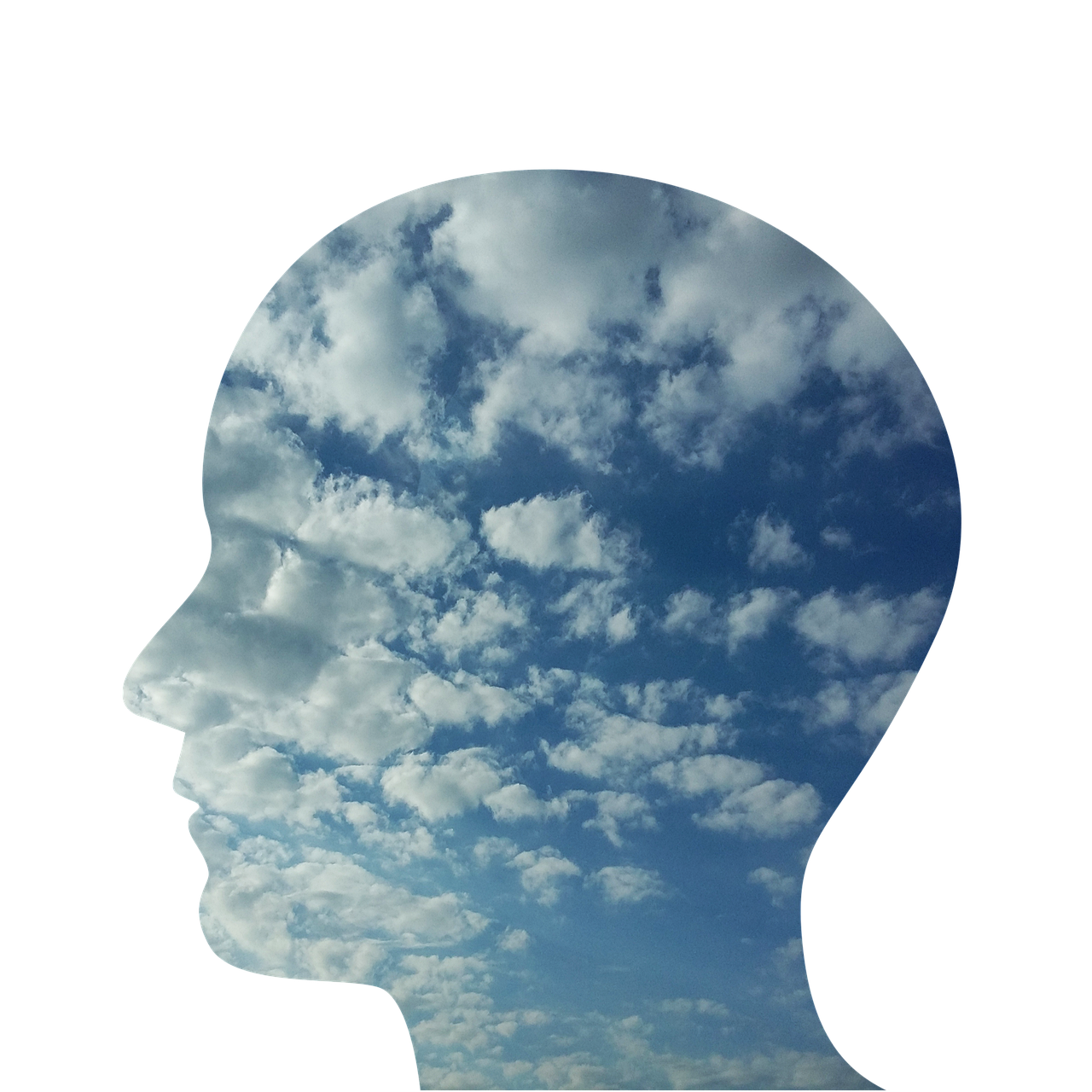
Creating a Comfortable Space
Creating a comfortable space for drawing is crucial for fostering creativity and mindfulness. Think of your drawing area as a sanctuary, a personal retreat where your imagination can roam free without distractions. The environment you choose can significantly influence your mood and focus. Imagine stepping into a cozy nook filled with soft lighting, calming colors, and all the materials you need at your fingertips. This isn’t just a space; it’s a canvas for your creativity to flourish.
Start by selecting a location that feels inviting to you. This could be a corner of your living room, a quiet spot in your bedroom, or even an outdoor space if the weather permits. Ensure that this area is free from clutter, as a tidy workspace can lead to a clearer mind. You might want to consider the following elements when setting up your drawing space:
- Lighting: Natural light is ideal, but if that’s not possible, opt for soft, warm artificial lighting to create a calming atmosphere.
- Seating: Choose a comfortable chair that supports your posture. You’ll want to be relaxed but alert while you draw.
- Materials: Keep your drawing tools organized and within reach. A dedicated storage solution can help you maintain a clutter-free environment.
- Inspiration: Surround yourself with inspiring items—whether it’s artwork, plants, or motivational quotes. These elements can stimulate your creativity.
Another important aspect of your drawing space is sound. Some people thrive in silence, while others find that soft background music or nature sounds can enhance their focus. Experiment with different audio environments to see what helps you enter a state of flow. You might even consider incorporating elements of aromatherapy; certain scents like lavender or eucalyptus can promote relaxation and enhance your drawing experience.
Finally, don’t forget to personalize your space. Adding personal touches—like photos, artwork, or even a favorite mug—can make your drawing area feel more like ‘you’. This connection to your space can deepen your mindfulness practice, making it easier to immerse yourself in the drawing process. Remember, the goal is to create an environment that feels safe and inspiring, where you can let go of stress and embrace the joy of creating.
Q: How can I make my drawing space more inspiring?
A: Personalize your area with items that motivate you, such as artwork, plants, or meaningful quotes. Experiment with colors and textures that resonate with you.
Q: Is it necessary to have a separate room for drawing?
A: No, it's not necessary! You can create a drawing space in any corner of your home. The key is to ensure it’s comfortable and free from distractions.
Q: What if I don’t have a lot of space?
A: Even a small table or desk can work. Just ensure you have enough room for your materials and that you feel comfortable while drawing.
Q: How do I maintain focus while drawing?
A: Minimize distractions in your environment, consider using background music, and practice mindfulness techniques to keep your mind anchored in the present moment.
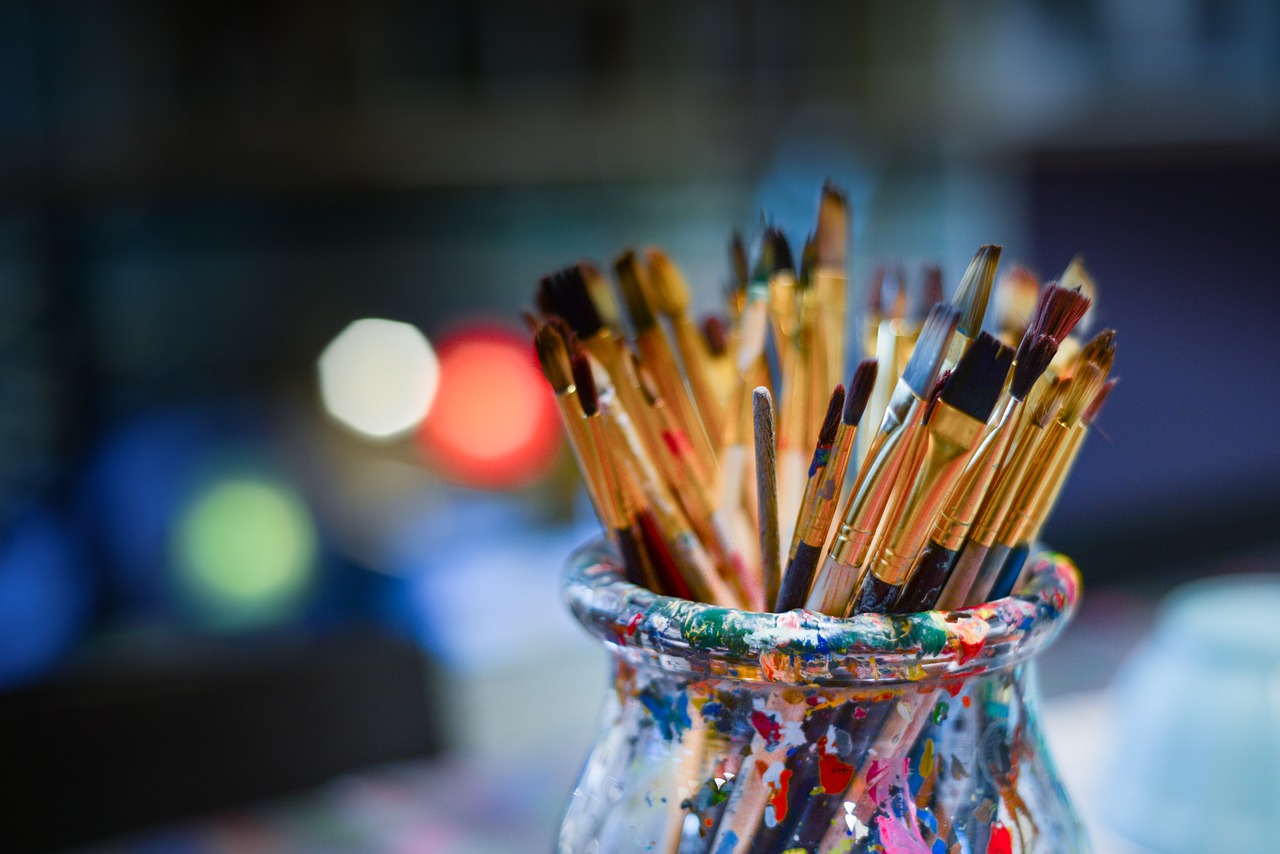
Techniques for Mindful Drawing
Mindful drawing is not just about putting pencil to paper; it's about immersing yourself in the moment and allowing your creativity to flow freely. To truly embrace this art form, you can explore various techniques that enhance your focus and relaxation. One effective method is to practice contour drawing, where you draw the outline of a subject without looking at your paper. This technique encourages you to engage fully with what you see, cultivating a deeper connection to your subject and promoting mindfulness.
Another technique to consider is free drawing, where you let your hand move across the page without a predetermined outcome. This can be incredibly liberating, as it allows your mind to wander and your thoughts to settle. In this state, you might find that your inner critic quiets down, allowing for a more genuine expression of your emotions. Incorporating breathing exercises before you start drawing can also enhance your practice. Take a few deep breaths, inhaling slowly through your nose and exhaling through your mouth, to center yourself. This not only calms your mind but also prepares your body for a focused drawing session.
To further deepen your mindful drawing experience, consider using color therapy. Choose colors that resonate with your current mood or feelings. For instance, if you're feeling anxious, you might opt for calming blues and greens. If you're feeling joyful, vibrant yellows and oranges can uplift your spirit. As you apply these colors to your drawing, pay attention to how they affect your emotions and thoughts. This practice can turn your drawing session into a therapeutic experience, where color becomes a medium for emotional release.
Finally, don't underestimate the power of journaling alongside your drawing practice. After each session, take a moment to reflect on your experience. Write down how you felt before and after drawing, what thoughts came up, and any insights you gained. This reflection can help solidify the mindfulness aspect of your practice and allow you to track your emotional journey over time. By combining these techniques, you can transform drawing into a powerful tool for mindfulness and stress relief, creating a sanctuary for your thoughts and emotions.
- What materials do I need for mindful drawing? You can start with basic materials like pencils and paper, but feel free to explore colored pencils, markers, or watercolor to enhance your experience.
- How long should I draw for mindfulness? Even 10 to 15 minutes can be beneficial. The key is to focus on the process rather than the outcome.
- Can I listen to music while drawing? Yes! Soft, instrumental music can enhance your mindfulness practice, but make sure it doesn't distract you from the drawing process.
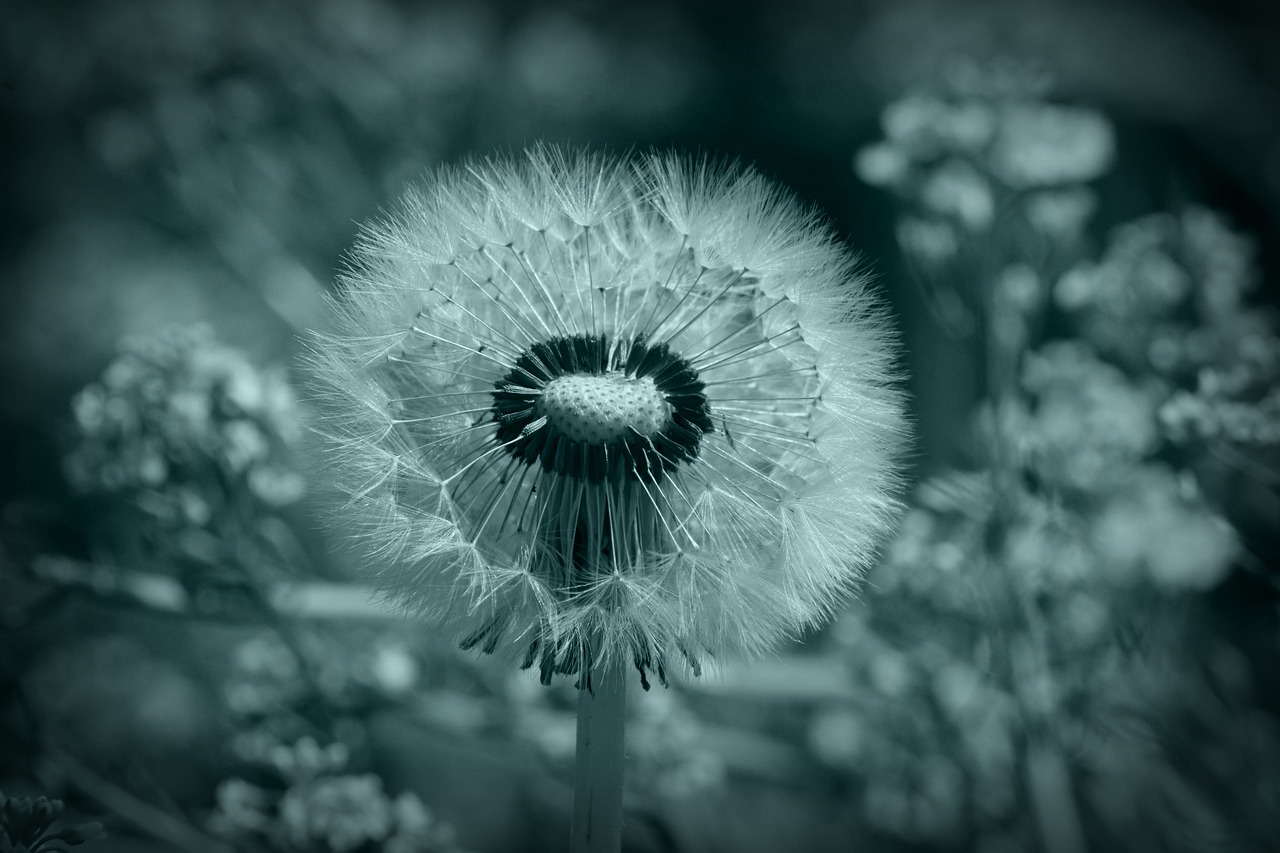
Overcoming Creative Blocks
Creative blocks can feel like an insurmountable wall, blocking your artistic flow and leaving you frustrated. But fear not! These blocks are not permanent fixtures; they are merely temporary hurdles that can be overcome with the right mindset and techniques. First, it's essential to recognize that every artist—whether a beginner or a seasoned pro—experiences creative blocks at some point. So, you are definitely not alone in this journey! Embracing these challenges is the first step towards unlocking your creativity.
One effective way to overcome these blocks is to change your environment. Sometimes, a different setting can spark inspiration. Whether it's moving to a cozy corner of your home, heading to a park, or even visiting a local café, a new atmosphere can stimulate your senses and help you see things from a fresh perspective. Additionally, consider surrounding yourself with inspiring art or engaging with other artists. This can reignite your passion and remind you of the joy that drawing can bring.
Another strategy is to embrace the idea of imperfection. Often, we get caught up in the pressure to create something "perfect," which can stifle creativity. Instead, allow yourself to make mistakes. Remember, some of the greatest masterpieces were born from what started as "failures." By letting go of perfection, you open the door to experimentation and discovery, which can lead to unexpected and delightful results. This mindset shift is crucial in maintaining a healthy and enjoyable drawing practice.
Setting realistic goals can also help in overcoming creative blocks. Instead of aiming to complete a detailed piece in one sitting, break your drawing sessions into manageable tasks. For example, you might focus on just sketching for 10 minutes a day or trying out a new technique. These small, achievable goals can help build momentum and make the process feel less daunting. Here’s a simple table to illustrate how to set these goals:
| Goal Type | Description | Timeframe |
|---|---|---|
| Daily Sketch | Spend 10 minutes sketching anything that inspires you. | Daily |
| Technique Exploration | Try a new drawing technique or medium. | Weekly |
| Long-Term Project | Work on a larger piece over several weeks. | Monthly |
Lastly, don’t underestimate the power of self-compassion. When you find yourself stuck, take a moment to breathe and remind yourself that it’s okay to feel this way. Engage in positive self-talk and acknowledge your feelings without judgment. Consider keeping a journal where you can express your thoughts and feelings about your creative process. This practice not only helps in processing emotions but also serves as a reminder of your artistic journey and growth.
Q: What should I do if I feel overwhelmed by my creative block?
A: Take a break! Sometimes stepping away for a bit can provide clarity. Engage in other activities that you enjoy, and return to your drawing with a fresh mindset.
Q: How can I find inspiration when I'm feeling blocked?
A: Look for inspiration in your surroundings. Nature, books, or even conversations can spark new ideas. Additionally, visiting art galleries or browsing online art communities can provide a wealth of inspiration.
Q: Is it normal to have creative blocks?
A: Absolutely! Creative blocks are a common experience among artists of all levels. They can arise from various factors, including stress, pressure, or even fatigue.
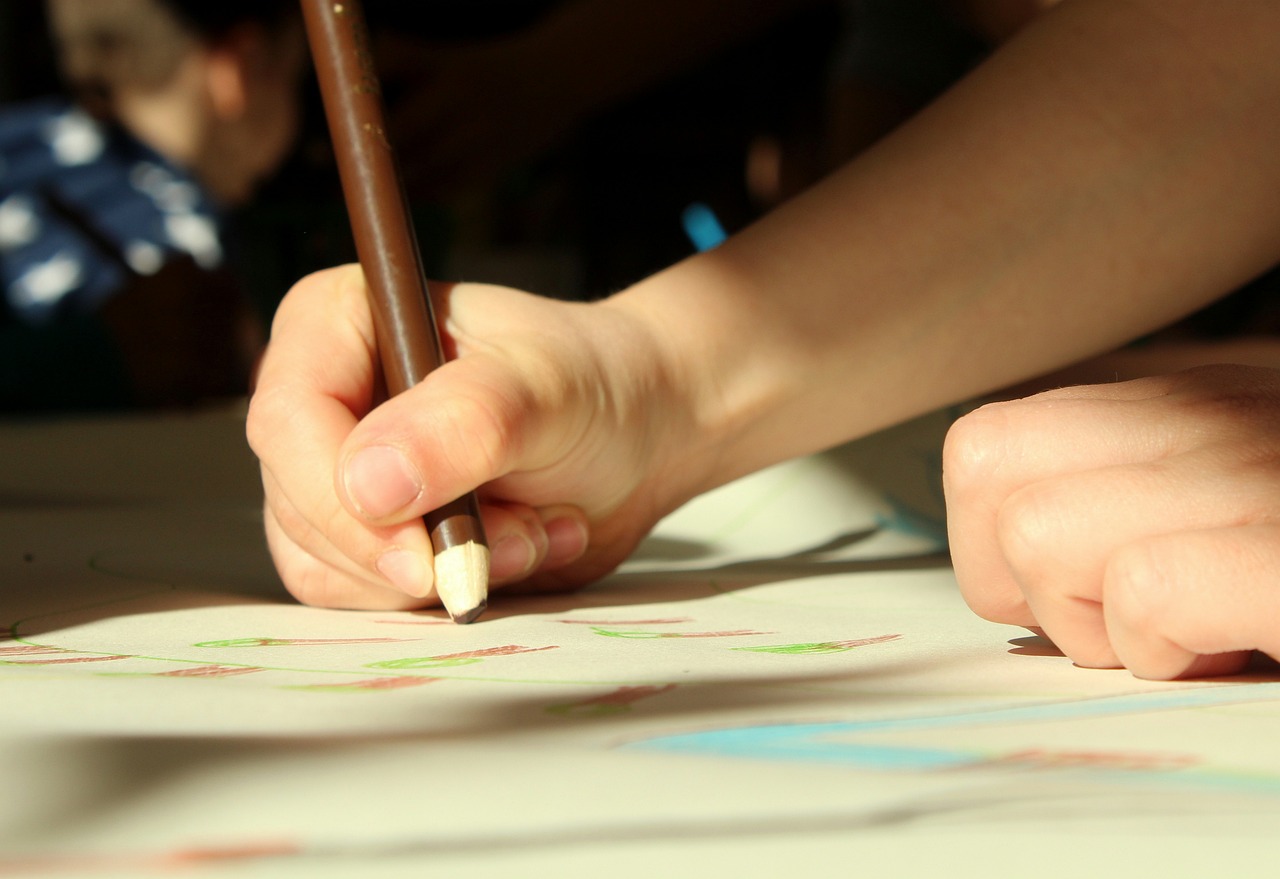
Embracing Imperfection
In the world of art, the pursuit of perfection can often become a double-edged sword. On one hand, we strive for that flawless piece that captures our vision perfectly; on the other, this quest can lead to frustration and creative blocks. is not just about accepting flaws; it's about recognizing that these very imperfections can enhance our artistic journey and contribute to our mental well-being. Think of it like a beautiful, weathered stone that tells a story—each chip and crack adds character, just like the unique quirks in our drawings.
When we allow ourselves to create without the pressure of perfection, we open the door to a more authentic expression of our emotions. This can be incredibly liberating! Imagine picking up your pencil and letting your hand move freely across the page, without worrying about whether it looks "right." This freedom can lead to surprising discoveries about your style and preferences, ultimately enriching your artistic experience. Art is a reflection of the self, and when we let go of the need to conform to a standard, we invite our true selves to emerge on the page.
Moreover, embracing imperfection fosters a sense of self-compassion. Instead of criticizing ourselves for not achieving a certain standard, we learn to appreciate the effort and process. This shift in mindset can significantly reduce stress and anxiety related to our creative endeavors. Here are a few ways to cultivate this attitude:
- Practice Self-Compassion: Remind yourself that every artist has off days. It’s part of the journey.
- Celebrate Small Wins: Focus on the joy of creating rather than the outcome. Did you enjoy the process? That’s a win!
- Experiment Freely: Allow yourself to try new techniques without the fear of making mistakes. Each attempt is a learning opportunity.
In addition to these practices, consider keeping a sketchbook dedicated to your "imperfect" drawings. This space can be a sanctuary where you explore ideas without judgment. Over time, you might find that some of your most cherished pieces are the ones you initially deemed "flawed." This collection will remind you that beauty often lies in the unexpected, and the journey of creating is just as important as the finished product.
Ultimately, embracing imperfection transforms our relationship with art. It encourages us to engage more deeply with our feelings and thoughts, allowing drawing to become a form of mindfulness. When we create with an open heart, free from the constraints of perfection, we not only enhance our artistic expression but also cultivate a more peaceful and accepting mindset. So, the next time you pick up your pencil, remember: it's not about being perfect; it's about being present.
Q: How can I start embracing imperfection in my art?
A: Begin by setting aside the idea of creating a "perfect" piece. Focus on enjoying the process and expressing your emotions freely. Try to keep a sketchbook where you can doodle or experiment without the pressure of perfection.
Q: What if I don’t like what I create?
A: Remember that every artist creates pieces they don’t love. Instead of discarding them, consider them part of your learning journey. You can always revisit them later with a fresh perspective.
Q: How does embracing imperfection help with stress?
A: Accepting imperfection allows you to let go of unrealistic expectations, reducing anxiety and stress. This shift in mindset can turn drawing into a more relaxing and enjoyable experience.
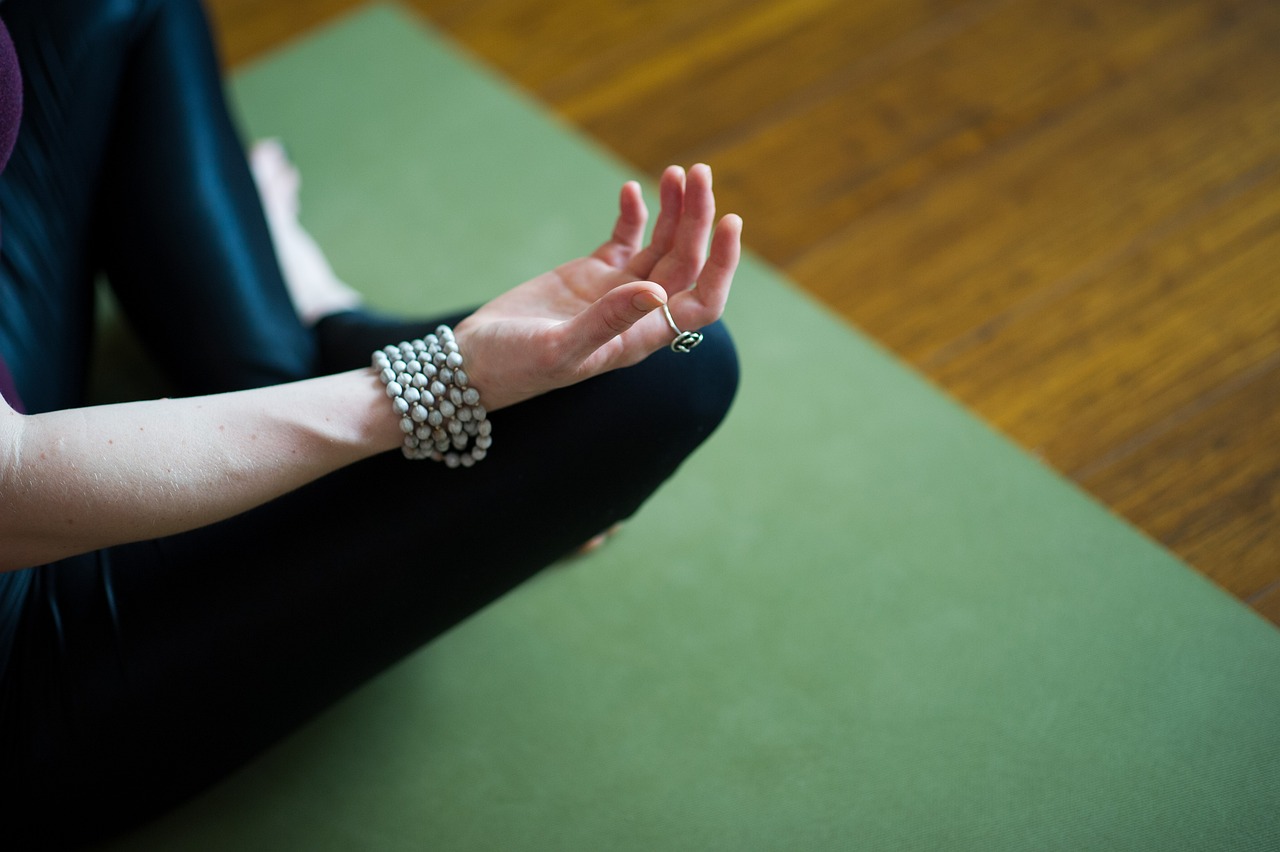
Setting Realistic Goals
When it comes to drawing, setting realistic goals is like laying down the foundation of a sturdy house. Without a solid base, everything else can crumble. The beauty of drawing lies not just in the end result but in the journey itself. By establishing achievable objectives, you can transform your artistic endeavors into a fulfilling and enjoyable experience. So, how do you go about setting these goals? First, think about what you want to achieve. Is it to draw every day, improve a specific technique, or simply explore your creativity without the pressure of perfection? Identifying your intentions is the first step toward crafting goals that resonate with you.
Next, consider breaking down your larger aspirations into smaller, manageable tasks. For instance, if your ultimate aim is to create a detailed portrait, you might set a goal to practice drawing facial features one week and experiment with shading techniques the next. This approach not only makes your objectives feel less daunting but also provides a sense of accomplishment as you check off each milestone. Remember, the path to improvement is often paved with small victories.
It's also essential to keep your goals flexible. Life can be unpredictable, and sometimes, drawing may take a backseat to other responsibilities. Embrace the idea that it's okay to adjust your goals as needed. If you find that daily drawing is too ambitious, consider aiming for a few times a week instead. The key is to maintain a balance that fosters creativity without adding stress. After all, the ultimate goal of drawing is to enjoy the process and enhance your mindfulness.
To help visualize your goals, you might find it useful to create a simple goal-setting table. Here's an example:
| Goal | Action Steps | Timeline |
|---|---|---|
| Draw Every Day | Set aside 15 minutes each morning | 1 Month |
| Improve Shading Techniques | Watch tutorials and practice with pencil | 2 Weeks |
| Create a Sketchbook | Fill one page daily with doodles or sketches | 3 Months |
Lastly, don’t forget to celebrate your achievements, no matter how small. Each time you meet a goal, take a moment to acknowledge your progress. This practice not only boosts your confidence but also reinforces your commitment to drawing as a mindful and rewarding activity. Remember, the journey of drawing is as important as the destination, so embrace every line and stroke with joy and curiosity!
- What if I don't have time to draw every day? It's perfectly fine! Aim for a few times a week instead, focusing on quality over quantity.
- How can I stay motivated to draw? Set small, achievable goals and celebrate your progress. Joining a drawing community can also provide support and inspiration.
- What materials do I need to get started? You can start with basic materials like pencils and paper. As you progress, you can explore different mediums that inspire you.
Frequently Asked Questions
- How does drawing help with mindfulness?
Drawing encourages you to focus on the present moment, allowing your mind to quiet down and engage with the act of creation. It's like meditation but with a pencil in hand! By immersing yourself in the drawing process, you can find a sense of peace and clarity that helps reduce stress.
- What materials should I use for mindful drawing?
The materials you choose can greatly influence your drawing experience. Whether you prefer soft pencils, vibrant markers, or even charcoal, the key is to select tools that feel comfortable in your hands. Experiment with different options to discover what sparks your creativity and relaxation!
- Can anyone draw, or do I need to be an artist?
Absolutely, anyone can draw! You don’t need to be a professional artist to reap the benefits of drawing for mindfulness. It’s all about expression and connecting with your emotions. Think of it as a personal journey rather than a competition!
- What if I feel stuck or experience creative blocks?
Creative blocks are totally normal! When you hit a wall, try to embrace imperfection and focus on the process rather than the outcome. Set small, realistic goals for your drawing sessions to help you regain motivation and enjoyment.
- How can I create a comfortable space for drawing?
Creating a cozy drawing space is essential for fostering creativity. Choose a spot that inspires you, whether it’s a sunny corner of your room or a quiet outdoor area. Make sure you have good lighting and all your materials easily accessible to help you get into the flow!
- Is there a specific technique I should follow for mindful drawing?
There’s no one-size-fits-all technique! However, you can try methods like doodling, sketching from life, or even abstract drawing. The key is to find a technique that allows you to relax and enjoy the process without the pressure of perfection.
- How often should I practice drawing for mindfulness?
There’s no strict rule here! Even dedicating just 10-15 minutes a few times a week can be beneficial. The important thing is to make it a regular part of your routine, allowing yourself to unwind and express your feelings through art.



















